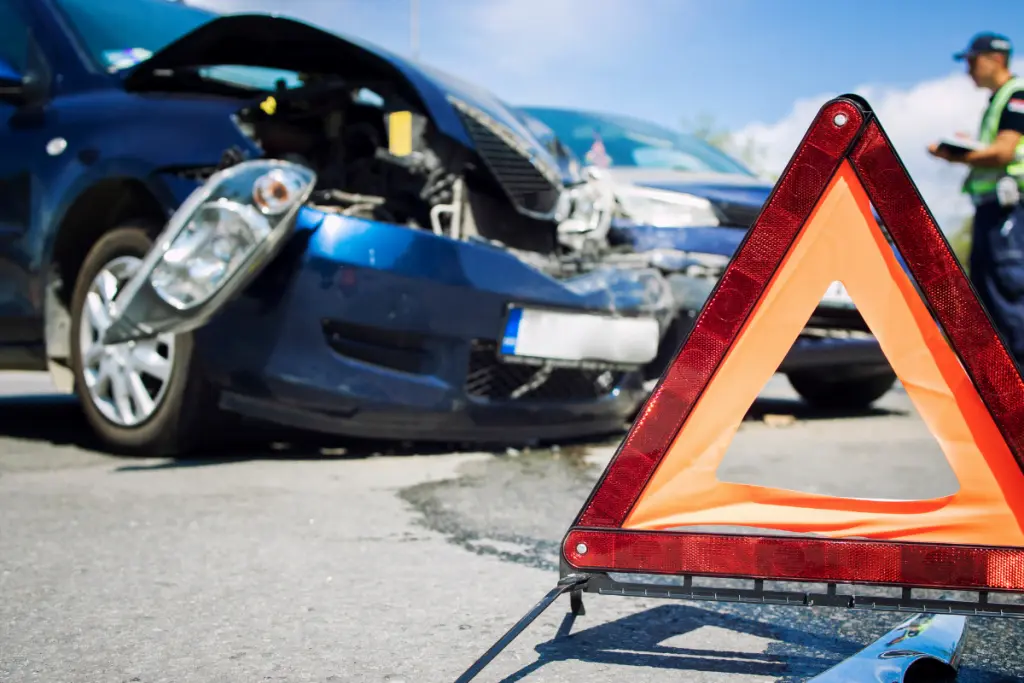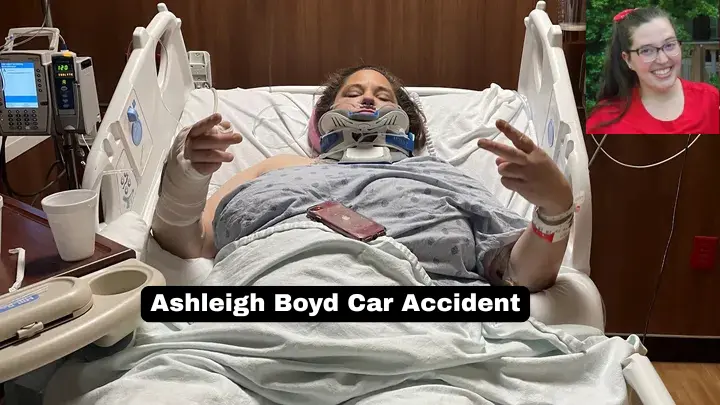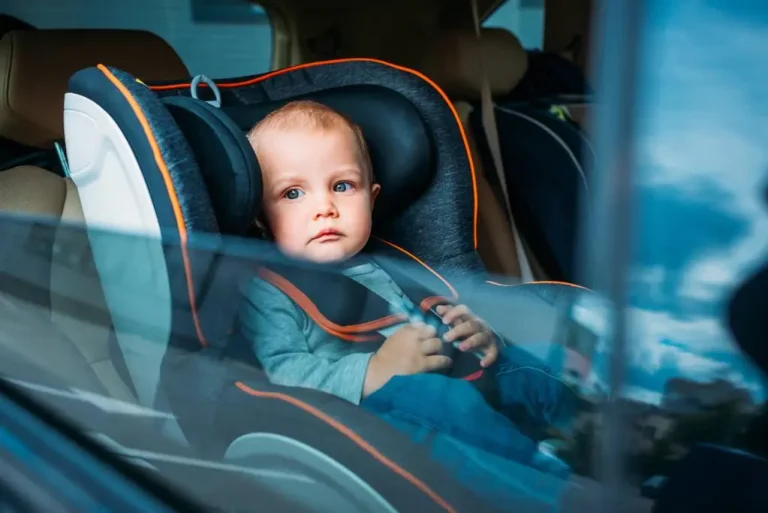How Liability Is Determined in Car Accident Cases
The biggest struggle that comes after a car accident is determining who is at fault. The answer to that question has a big impact on how insurance claims are handled, including who will receive a settlement for damages.
If you want to get compensation to cover your medical expenses, property damage, and other expenses, the first step is determining liability. Here are some methods used to pinpoint the legally responsible party after a car crash.

Police Reports
When officers arrive at an accident scene, they document what they observe and take statements from those involved and any witnesses. Sometimes, they may issue citations. These reports can carry significant weight when insurance companies or courts are trying to understand what happened or create a version of events.
Eyewitness Testimony
Neutral third-party accounts can help clarify conflicting stories and establish a timeline of events. The people who saw the collision can provide extra information that may not be included or reflected in the police reports.
Physical Evidence
This includes skid marks, vehicle damage, and photos taken at the scene. These provide clues about who had the right of way and how fast a car may have been driving. For example, if a car was hit from the side, leading to a T-bone collision, it can show that one driver either ran a red light, ignored a stop sign, or failed to yield.
Traffic Laws
Traffic laws are a key reference in determining liability. If one driver violated a rule on the road, like they were driving above the legal limit, this would often form the basis for assigning fault. The presence of a citation or traffic violation at the scene can give a strong indication of negligence.
For example, when a driver was texting and driving and ended up rear-ending another driver, they will most likely be held liable for the crash because of distracted driving.
Comparative and Contributory Negligence Rules
Depending on the state where the accident happened, the way liability is handled can be different because of the various doctrines, which are divided into two.
Comparative Negligence
Under comparative negligence, there are two different systems of how fault and damages are assigned. Pure comparative negligence allows a driver to recover damages even if they were over 90% at fault. However, the compensation you can receive is reduced by the percentage of blame. For example, if you are 30% at fault, you can only recover 70% of the damages.
In states that use modified comparative negligence, you can only recover damages if you are less than 50% or 51% responsible.
Contributory Negligence
Some states, like Alabama, North Carolina, and Virginia, still use contributory negligence. This means that even if you are 1% at fault, you may be barred from receiving any compensation.
Through Insurance Companies
Insurance companies are among the first people to investigate liability in a crash. The companies work by:
- Reviewing police reports
- Interviewing witnesses
- Examining the physical evidence
However, insurance companies are always looking out for their bottom line. They may try to shift the blame to you in order to reduce the compensation they have to pay.
Expert Witnesses
In complicated or high-stakes cases, attorneys or insurers may bring in accident reconstruction experts. These specialists use data from the scene and some scientific methods to paint a picture of how the accident happened.
Medical expert witnesses may evaluate the injuries to determine when they were sustained during the crash. Expert testimony is very helpful when liability is disputed or if multiple parties share fault.
Conclusion
Liability after a car accident is determined using numerous factors. The process involves putting pieces of a puzzle together using physical evidence, statements, traffic laws, expert opinions, and police reports.






